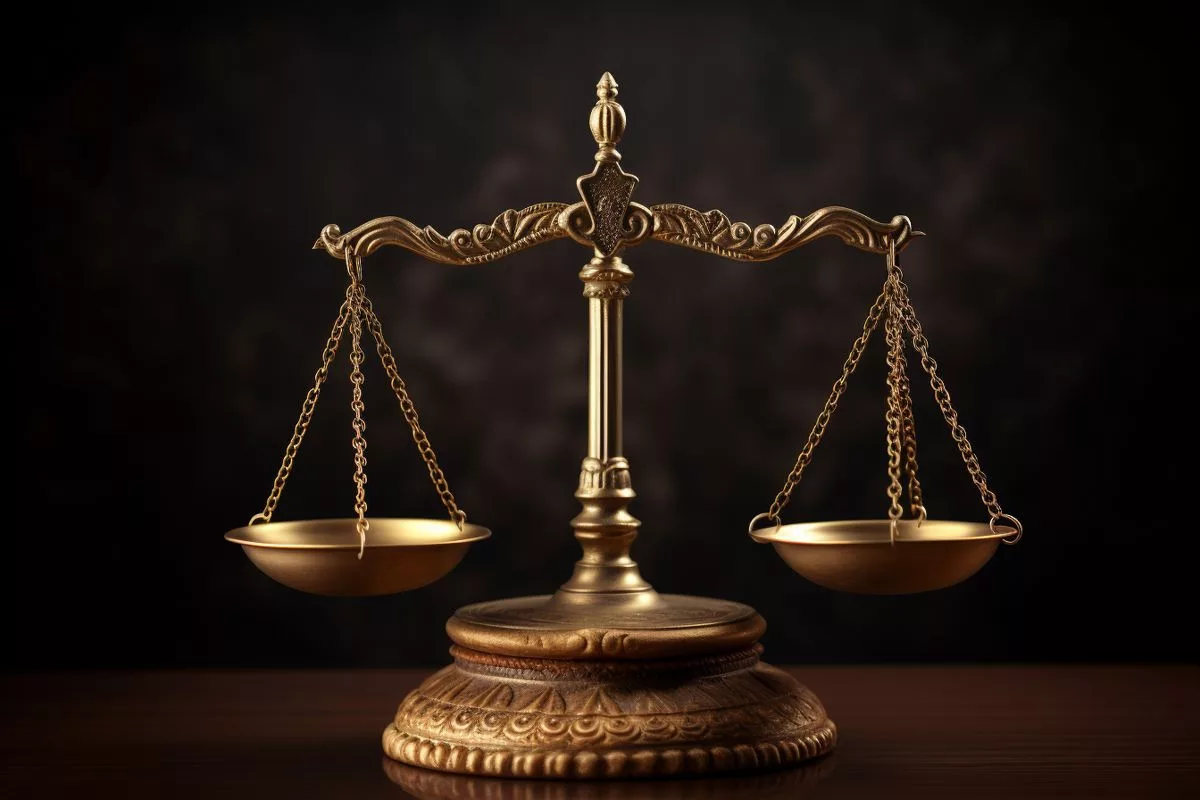Child human trafficking is a horrifying reality that continues to plague various countries, including Zimbabwe and South Africa. The recent case involving two Zimbabwean citizens arrested with 14 undocumented minors highlights the appalling conditions these children are subjected to, including malnourishment and lack of basic necessities. Community involvement played a pivotal role in their well-timed intervention and rescue. These incidents underscore the urgent need to bolster legal, institutional, and community responses to this matter and serve as a call to courage for everyone to take action in protecting vulnerable children.
The Harrowing Condition of the Victims
The recent child trafficking case involving two Zimbabwean citizens arrested with 14 undocumented minors highlights the appalling conditions these children are subjected to. The minors were found in a filthy state, without any extra clothes or bags, and visibly malnourished, underscoring the utter lack of respect for human dignity and fundamental rights rampant in such trafficking schemes. Fortunately, community involvement played a pivotal role in the well-timed intervention that saved the children from this traumatic ordeal.
Casting Light on the Dark Shadows
Within the murky underworld of global criminal activity, the atrocity of child trafficking emerges as one of the most horrific. This terrifying issue continues to ominously loom over various countries, including both Zimbabwe and South Africa. The recent apprehension of two Zimbabwean citizens on charges of trafficked 14 undocumented minors between these two nations serves as a bone-chilling reminder of this harsh truth.
This incident is not singular. Merely a few days prior, another alarming case of child trafficking was uncovered. Mike Masiapato, who serves as the Commissioner of the Border Management Authority (BMA), disclosed that a whopping 443 children younger than eight were purportedly trafficked from Zimbabwe to South Africa. These figures are not mere data, but tragic narratives of stolen youth, innocence, and vulnerability.
The individuals indicted in the recent case, a man of 46 and a woman of 41, were found aboard a bus in Midrand, accompanied by 14 undocumented children ranging in ages from six to fourteen. As per the declaration of the Provincial Hawks’ spokesperson, Lieutenant Colonel Tebogo Thebe, the accused asserted they were escorting the children to their parents residing in Cape Town. However, this statement could not be substantiated, leading to their subsequent arrest.
The Harrowing Condition of the Victims
What is particularly disturbing about this case is the appalling conditions these children were discovered in. According to Thebe, the minors were found in a filthy state, without any extra clothes or bags, and visibly malnourished. This heart-rending scenario underscores the utter lack of respect for human dignity and fundamental rights rampant in such trafficking schemes.
Fortunately for these children, they were noticed by an observant co-passenger. This individual, worthy of high praise for their alertness and sense of responsibility, tipped off an off-duty police officer about the suspicious circumstances. This crucial piece of information was forwarded to a multi-disciplinary unit, resulting in the bus being intercepted in Kimberley and the suspects’ arrest.
The Northern Cape’s Provincial Head of the Hawks, Major General Steven Mabuela, applauded the diligent caller’s information and the prompt action of the off-duty policeman, Sergeant Phumla Mpolokeng, deeming them vital in the well-timed intervention. This episode clearly demonstrates the pivotal role that community involvement plays in tackling such monstrous crimes.
Support and Further Questions Raised
After this intervention, the Provincial Trafficking in Persons rapid response team, guided by the Department of Social Development, was summoned to offer necessary support to the children. Their efforts, spanning from securing the children’s safety to provisioning food, played a key role in alleviating the immediate after-effects of this traumatic ordeal.
These recent occurrences provoke critical questions about the strategies in place to counteract human trafficking, particularly child trafficking. They serve as harsh reminders of the urgent need to bolster legal, institutional, and community responses to this matter. Although the apprehension of these suspects is without a doubt a triumph, it also emphasises the pressing requirement to tackle the broader systemic issues that produce the environment in which such crimes flourish.
A Universal Problem and A Call to Courage
While one might be inclined to perceive this as a remote issue, the bitter truth is that it could transpire anywhere, and everyone has a vital part to perform in its prevention. From maintaining vigilance to building formidable community networks, every measure plays a part in shielding children from such dreadful experiences.
This account isn’t merely about crime and retribution. It’s a narrative about bravery – the courage of a child to survive, the courage of an individual to take action, and the courage of a community to safeguard its weakest members. It serves as a poignant reminder that in the face of such barbarity, every single one of us has the power to effect change.
What is child human trafficking?
Child human trafficking is a horrific reality where children are abducted, smuggled, and exploited for various purposes, including forced labor, sexual exploitation, and organ trafficking. This is a global problem that affects vulnerable children in various countries, including Zimbabwe and South Africa.
What happened in the recent child trafficking case involving Zimbabwean citizens?
Two Zimbabwean citizens were arrested for trafficking 14 undocumented minors between Zimbabwe and South Africa. The children were found in a filthy state, without any extra clothes or bags, and visibly malnourished. Fortunately, community involvement played a pivotal role in their well-timed intervention and rescue.
How did community involvement play a role in saving the children?
An observant co-passenger tipped off an off-duty police officer about the suspicious circumstances. This crucial piece of information was forwarded to a multi-disciplinary unit, resulting in the bus being intercepted and the suspects’ arrest. The prompt action of the off-duty policeman and the diligent caller’s information were vital in the well-timed intervention.
What support did the children receive after their rescue?
The Provincial Trafficking in Persons rapid response team, guided by the Department of Social Development, was summoned to offer necessary support to the children. Their efforts, spanning from securing the children’s safety to provisioning food, played a key role in alleviating the immediate after-effects of this traumatic ordeal.
What urgent need does this case underscore?
This incident underscores the urgent need to bolster legal, institutional, and community responses to this matter. Although the apprehension of these suspects is without a doubt a triumph, it also emphasises the pressing requirement to tackle the broader systemic issues that produce the environment in which such crimes flourish.
What can individuals do to prevent child human trafficking?
Everyone has a vital part to play in preventing child human trafficking, from maintaining vigilance to building formidable community networks. It is a call to courage for everyone to take action in protecting vulnerable children, as every single one of us has the power to effect change.












